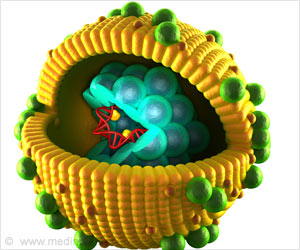How to treat stroke in people with disabilities? Apart from medical management, these people should be treated with a psychosocial perspective.

‘Producing data that describes stroke outcomes among patients with a pre-stroke disability, may improve their patient care.’





So the clinicians kind of take that as gospel and may avoid treatment in such a population. To remove this discrimination, a new study will examine the effectiveness of a stroke treatment for patients with a pre-stroke disability.The goal of the research is to produce data that describes stroke outcomes among patients with a pre-stroke disability. Nearly 30% of patients who have ischemic strokes caused by a blood clot in the brain have a pre-stroke disability.
New Hope for Stroke Recovery in People with Disabilities
They can then offer tools and data to future researchers and scientists such that they don’t reflexively exclude patients based on their baseline disability from any research, and thereby evidence-based clinical care.Specifically, the research team will focus on the effectiveness of a treatment called an endovascular thrombectomy (EVT). This is a minimally invasive procedure that removes the blood clot from the brain, reducing death and disability in two out of every five patients with an ischemic stroke.
Over four years, approximately 1,100 patients at 12 sites across the United States will be enrolled in the study, with researchers comparing outcomes between a subset who received EVT and a subset who did not. Enrollment is projected to begin in fall 2023.
A lot of novel outcomes like granular measurement of their disability and function before and after stroke, the quality of life before and after stroke, their social support, and the caregiving burden before and after stroke are also going to be explored.
Advertisement
It is important to have community organizations, partners, and advocates on board to serve as a bridge to the patient community.
At the end of the study, researchers will have information that will help change the trajectory for people who are pre-stroke or have the possibility of a stroke to get the treatment that they need.
Source-Eurekalert















